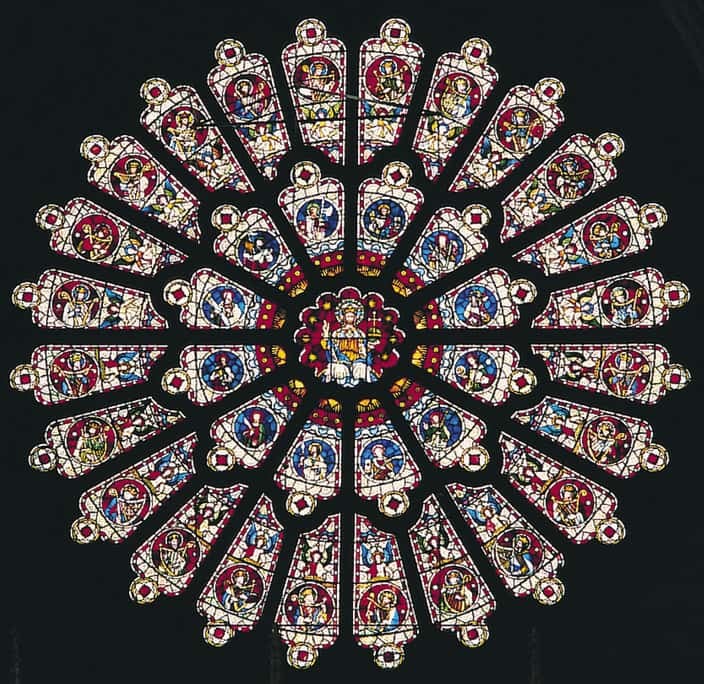One of the most versatile and widely used materials in the building construction and interior design industry, glass is used for diverse functionalities. When used in the exterior of buildings, it plays a very significant role in controlling the amount of heat and light inside the home; and when used in interiors, it imparts sleek sophistication and elegance to any space.
In this blog, we tell you about the various types of glass used in interior design and their characteristics. Read on for an insider look at the various facets of glass!
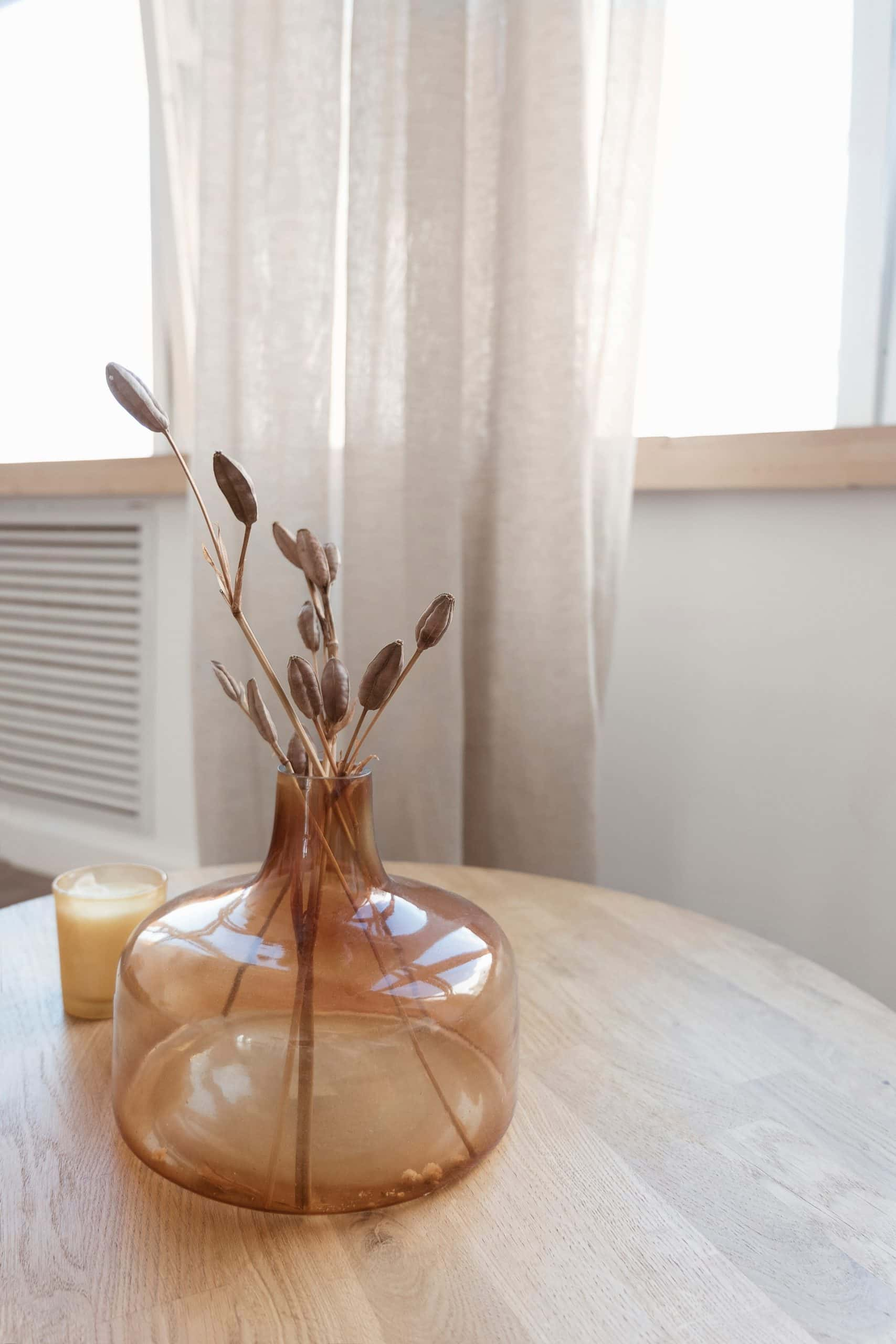
Various Types of Glass Used in Interior Design
Glass is nothing if not versatile, and there are a great many types of glass used in interiors. Here, we take a look at the 10 most common types of glass.
1. Clear Glass
The most common form of glass, clear glass is completely transparent and allows light to pass through. Also referred to as float glass, it is made by floating molten glass on a bed of molten metal, usually tin. Clear glass is used in windows, doors, partitions, table tops, cabinet shutters, bathroom shower partitions and for other similar uses.
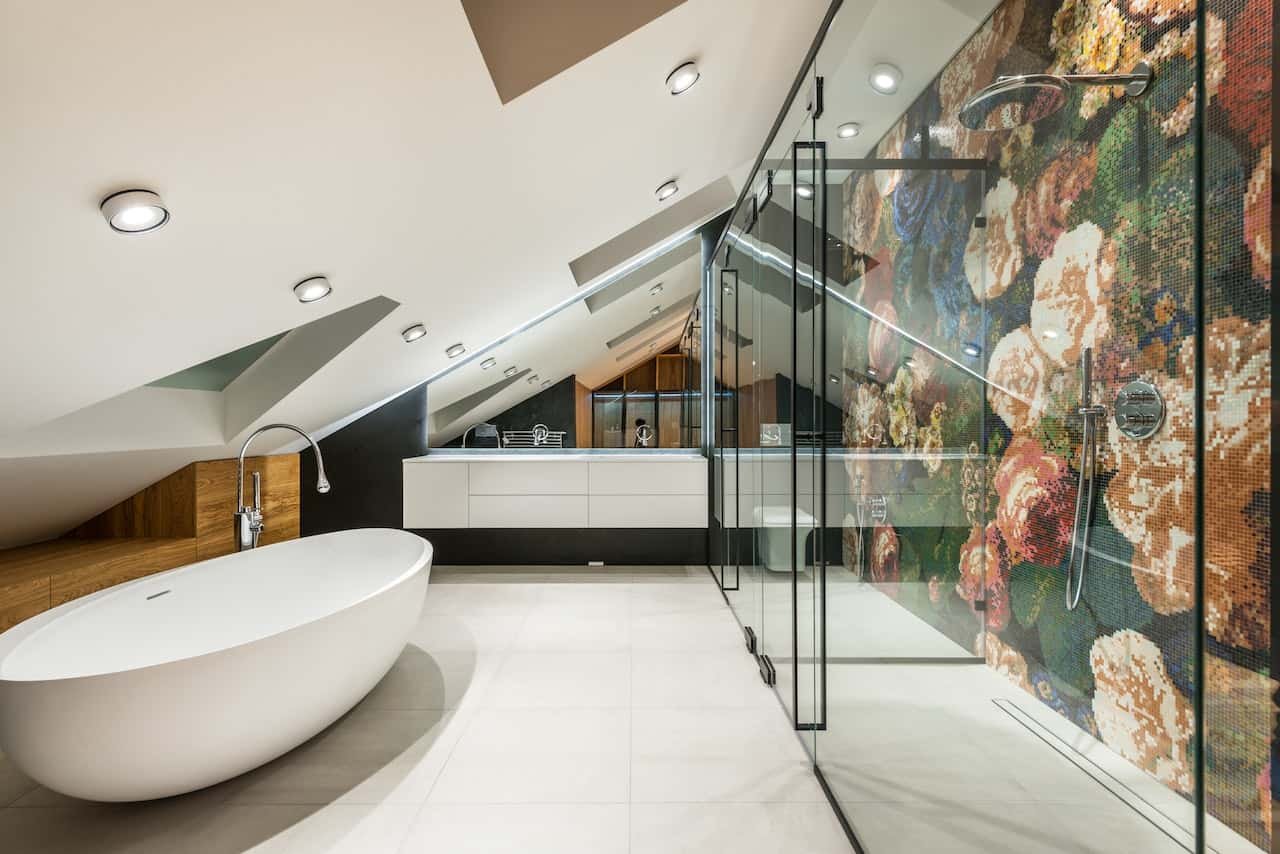
2. Lacquered Glass
An opaque decorative glass that has a lacquer coat on one side, lacquered glass is used to make wardrobe shutters, kitchen cabinet shutters and so on. The manufacturing process involves baking a coat of coloured lacquer onto one side of clear glass. The added colour is permanent, scratch-proof and humidity-proof, making it perfect for use in damp areas like kitchens and bathrooms. Lacquered glass adds a sleek, high-gloss aesthetic to any space and is well suited to modern interior themes.
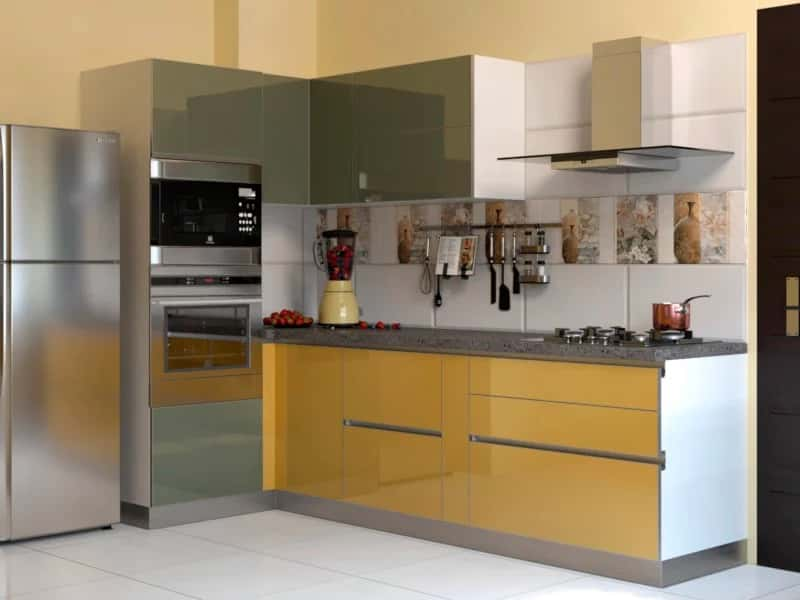
3. Reflective Glass
Reflective glass has a metallic, shiny coating that adds privacy, as you cannot see through to the other side. The metallic coating on reflective glass also prevents the transmission of heat, helping to regulate the interior temperature of the building. It is used as one-way glass on building facades, as mirrored surfaces, or as interior partitions where privacy is of paramount importance.
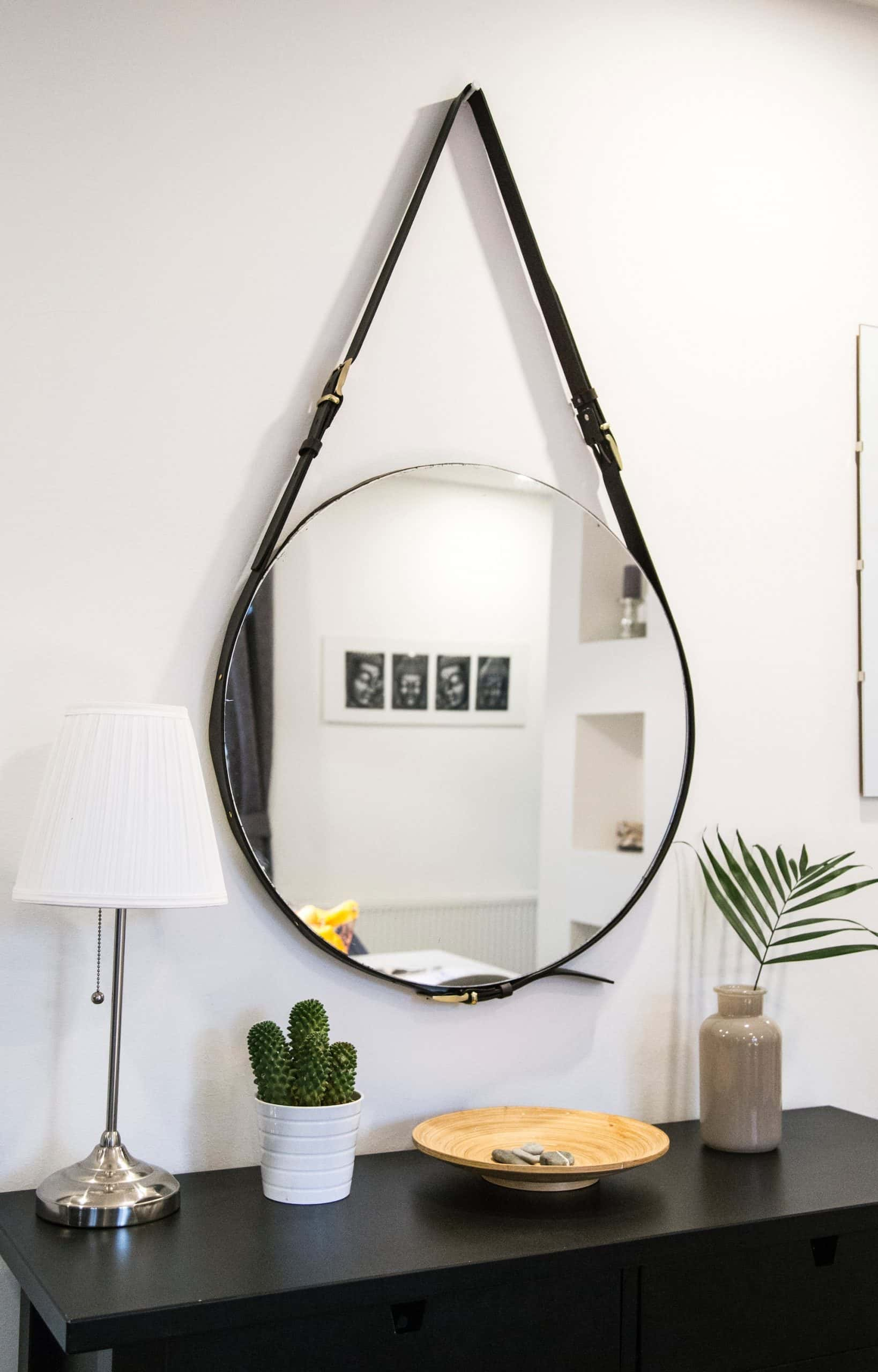
4. Tinted or Coloured Glass
Tinted glass has an additional layer of metal oxide that gives it a characteristic tint based on the metal used. For instance, cobalt tints make the glass yellow, while ferrous iron pigments render it green. The tinted surface prevents heat transmission in windows, reduces UV rays and keeps the inside of the room cooler.
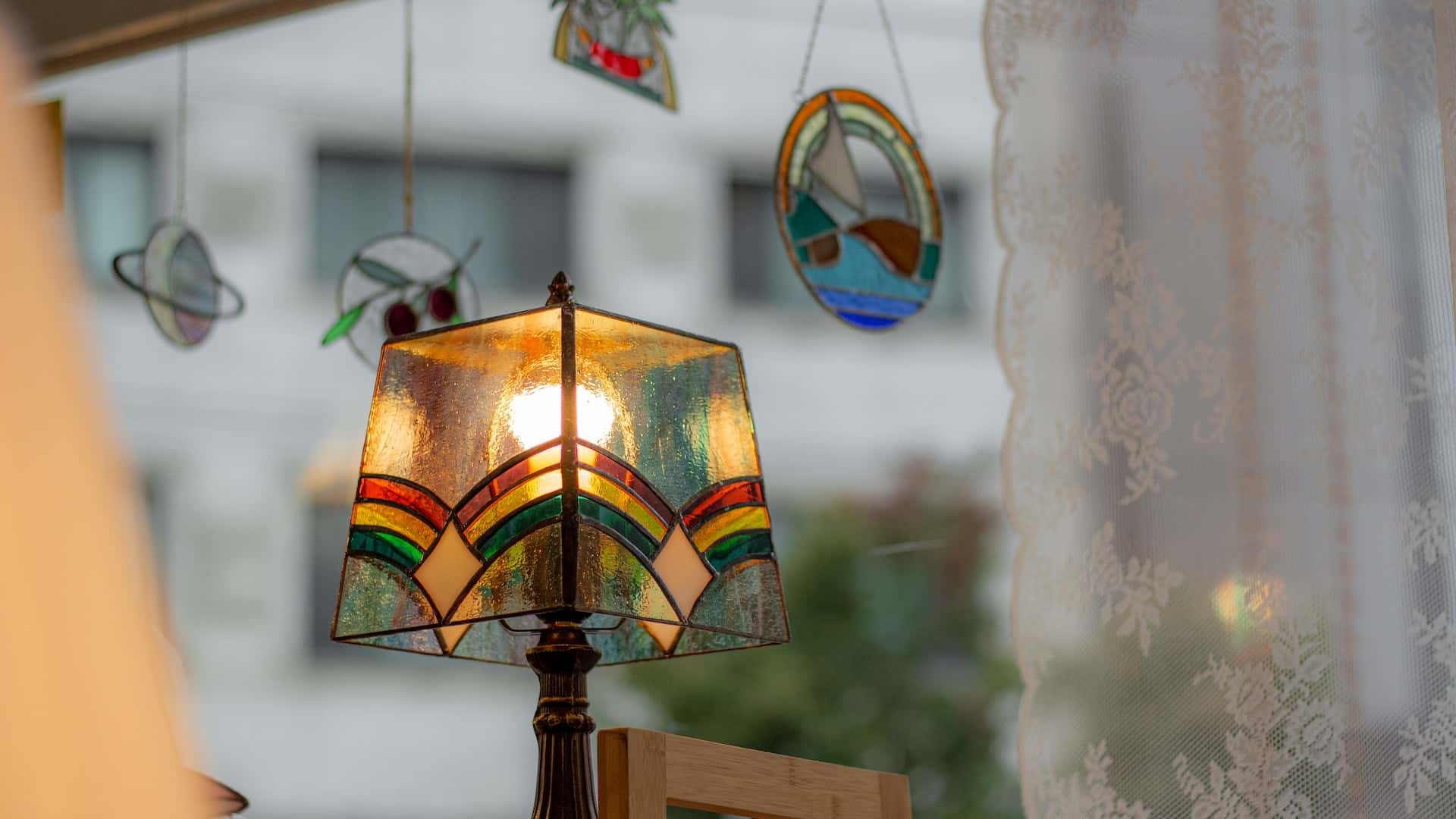
5. Acoustic Glass
Acoustic glass has two layers of glass separated by air or with a layer of insulation material in between. It reduces or completely blocks air levels, and is very well suited for homes that are located in the midst of high levels of noise. Acoustic glass is used in homes that are located on noisy streets, in recording studios or home theatres.
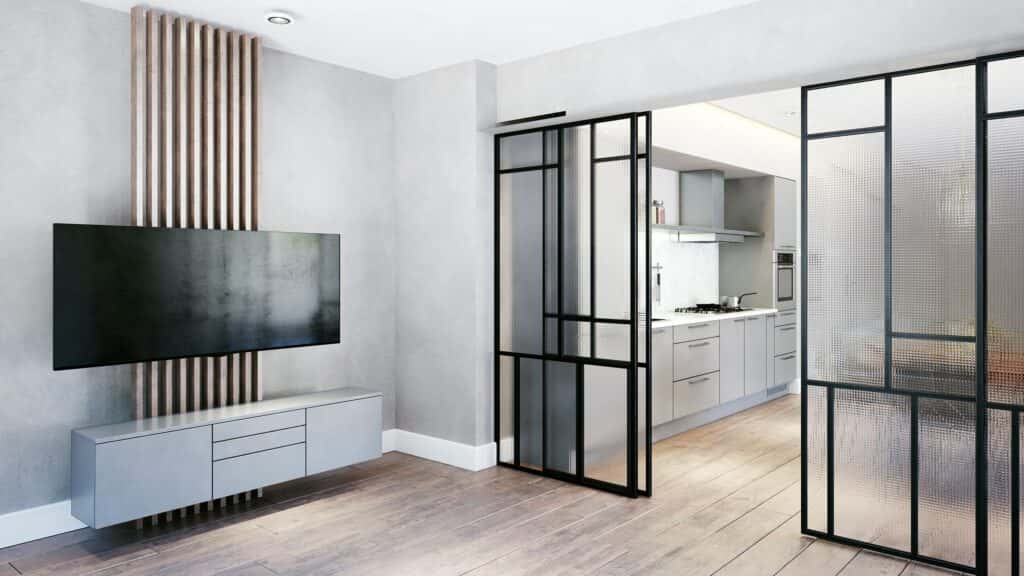
6. Textured Glass
Also called patterned glass or decorative glass, textured glass is made by letting molten glass pass through rollers which have an embossed pattern imprinted on them. As the glass cools, it gets the texture or pattern imprinted on its surface. Textured glass can be used in places where visual privacy is a prerogative, such as dividers and room partitions, bathroom shower cubicles, framed glass windows, doors and ventilators.
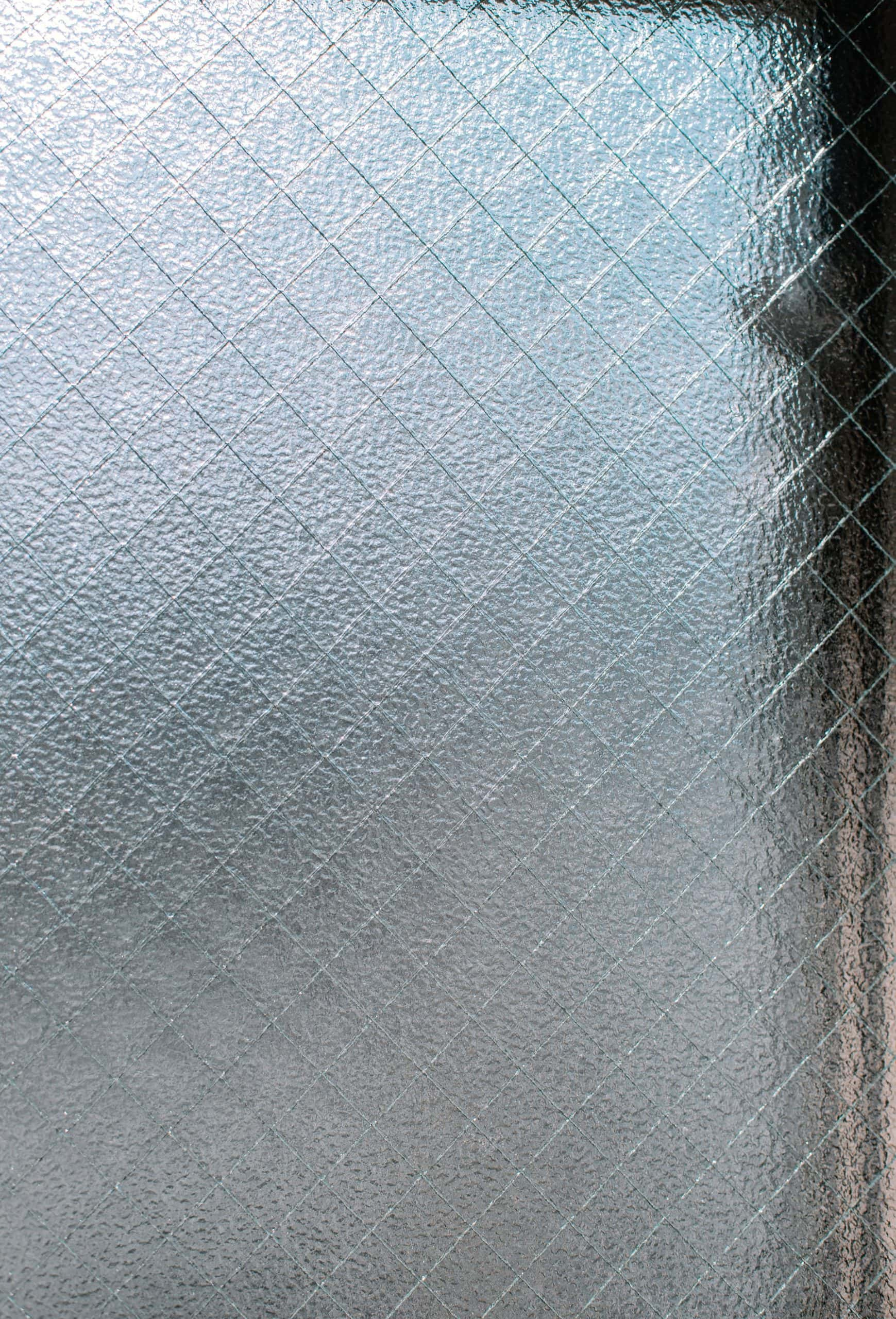
7. Laminated Glass
Laminated glass uses two layers of clear glass sandwiched together by a flexible layer of poly vinyl butyral (PVB). During the manufacturing process, high heat and pressure is applied to bond the layers, making this type of glass very strong and safe. Commonly used in automobile windshields, laminated glass is used in areas in your home that need extra levels of protection.
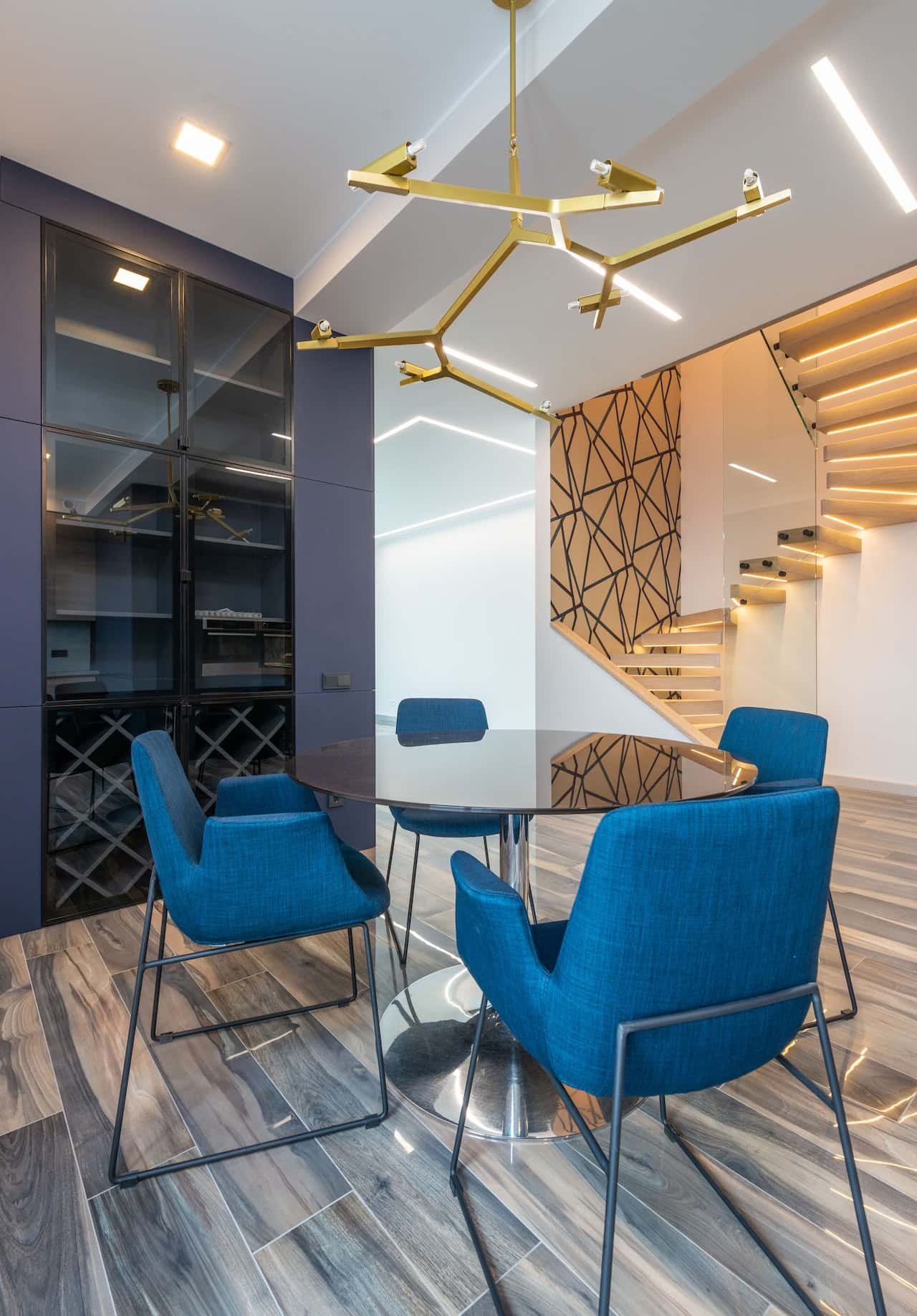
8. Stained Glass
Of all the types of glass used in interiors, stained glass is possibly the most intricate, requiring genuine artistic expertise to create. Stained glass is highly decorative glass that is hand-crafted by setting tiny bits of coloured glass in a lead framework. The pieces of coloured glass are put together, much like the pieces of a jigsaw puzzle, to form intricate patterns or designs. It is typically used in church windows, but can be used in various forms in your home —for lamp shades, door and window panels, and as inlays in exquisite pieces of furniture.
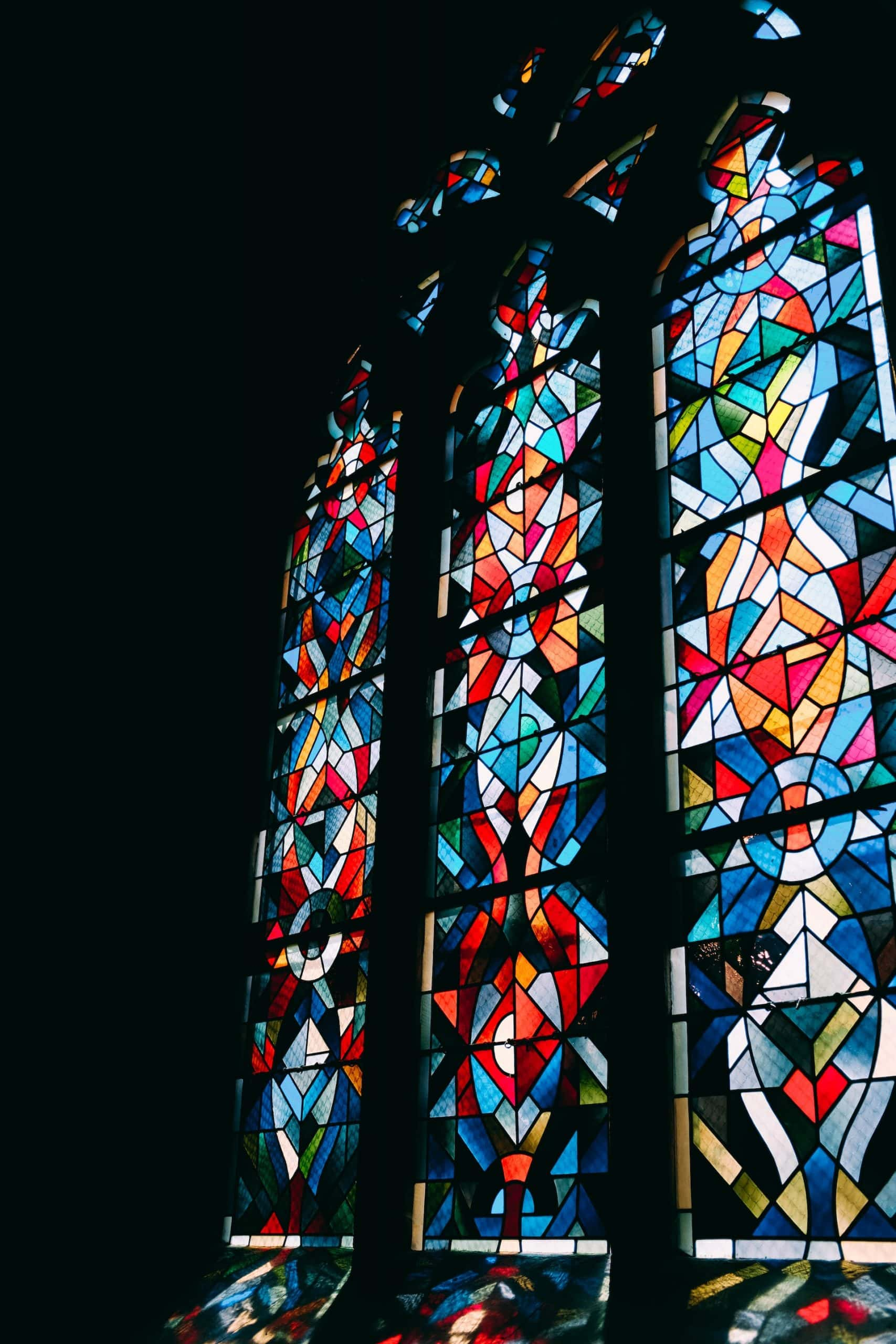
9. Frosted Glass
Clear sheet glass is sandblasted or etched to create a translucent ‘frosting’ on the surface of the glass. Frosted glass affords visual privacy, but still allows most of the light to filter through. This type of glass is used on front doors and in bathroom showers in homes, and is also very commonly used in offices and commercial spaces.
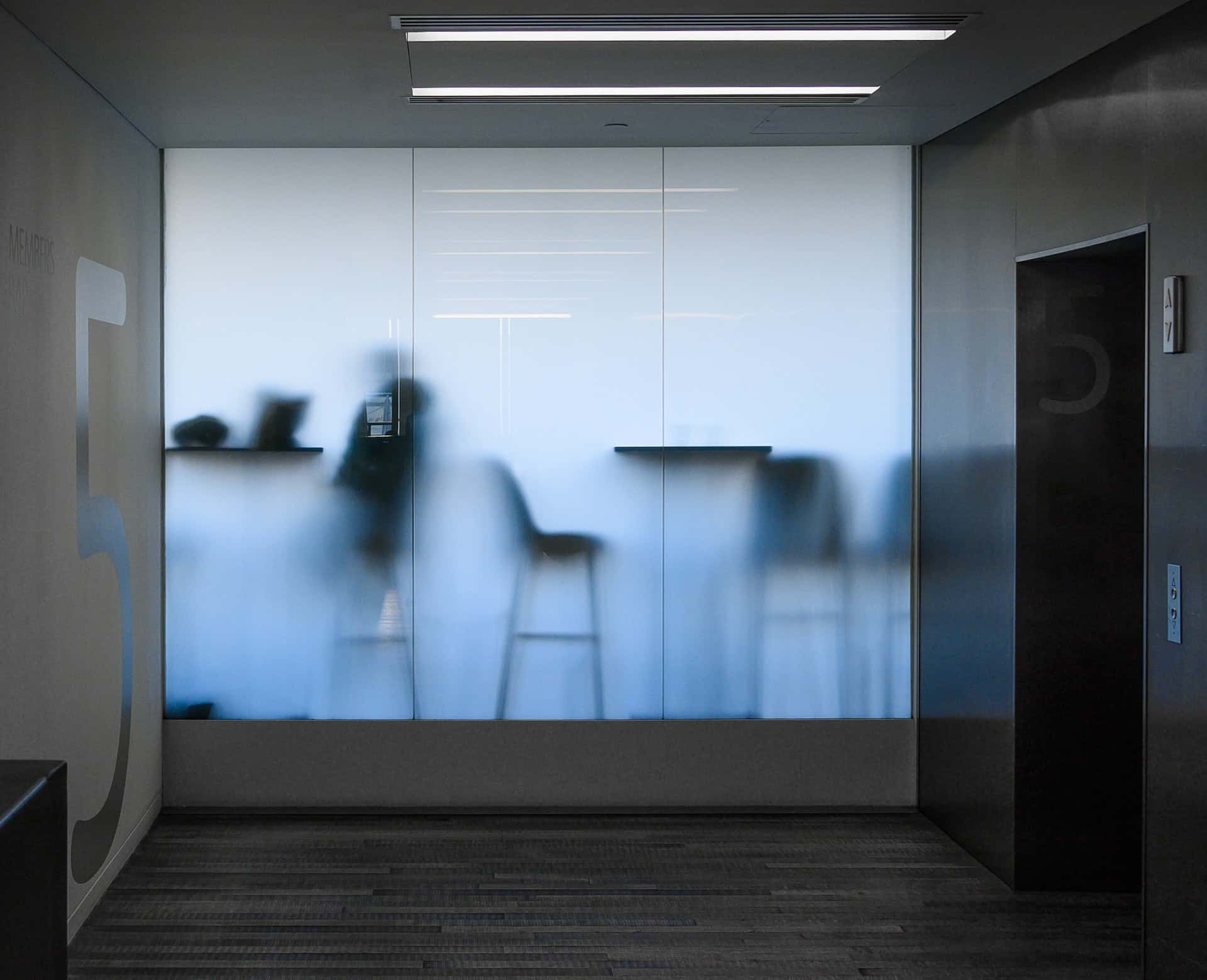
10. Toughened Glass
Toughened glass has undergone controlled thermal treatment that increases its strength, making it capable of even withstanding a bullet attack. It is at least four times stronger than ordinary glass and is used in places where special protection is needed. The manufacturing process involves superheating of annealed glass to 650⁰C, after which it is rapidly cooled. This results in high thermal strength, improved resilience, and great resistance to breakage.
Toughened glass is used in high-traffic areas where safety is of paramount importance, like staircases and glass curtain walls in homes.
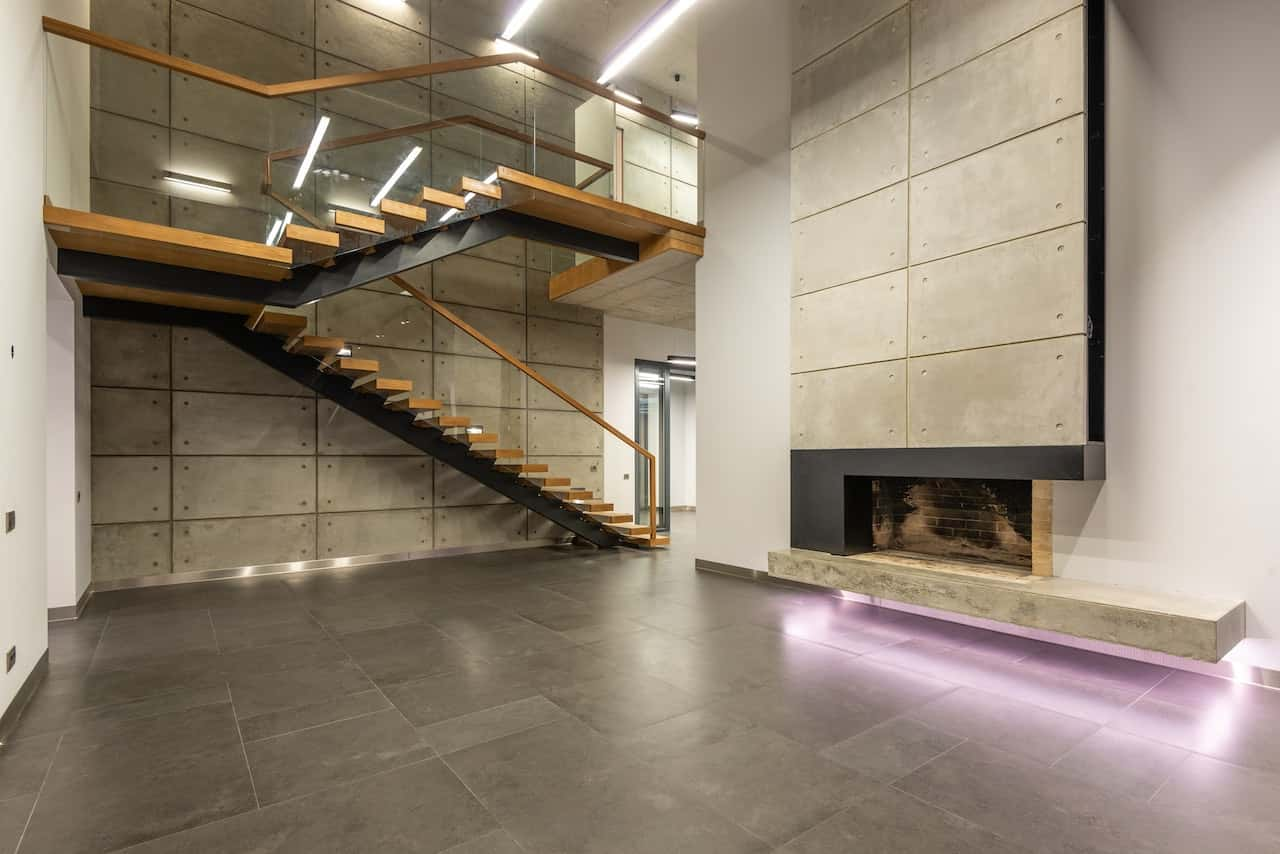
Benefits of the Different Types of Glass Used in Interior Design
Glass is perhaps one of the most amazing materials ever to be used in architecture and interiors. It is practical and aesthetic all at once, and can completely transform the look and feel of any space all by itself. Here are some of the reasons why glass is a material that designers just cannot do without!
Invite the Outside Inside!
Glass windows offer the chance to merge the outdoors with the indoors, filling your rooms with light. There is a seamless flow of space, enhancing the spatial aspects of your interiors and creating the illusion of visual continuity with the outside environment.
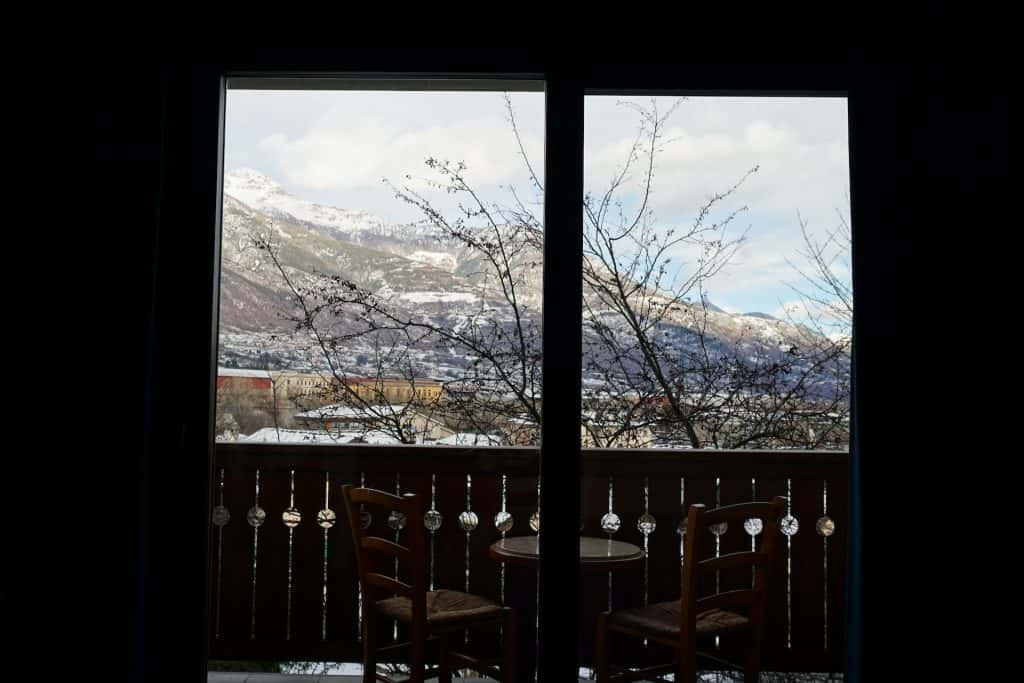
Usher in Sky Views
While windows offer unobstructed views of the outdoors, skylights and glass roofs allow mesmerising glimpses of the sky and enhance the visual qualities of indoor spaces. In the daytime, skylights flood rooms with both light and warmth; while at night they afford truly magnificent views of the night sky from within your home.
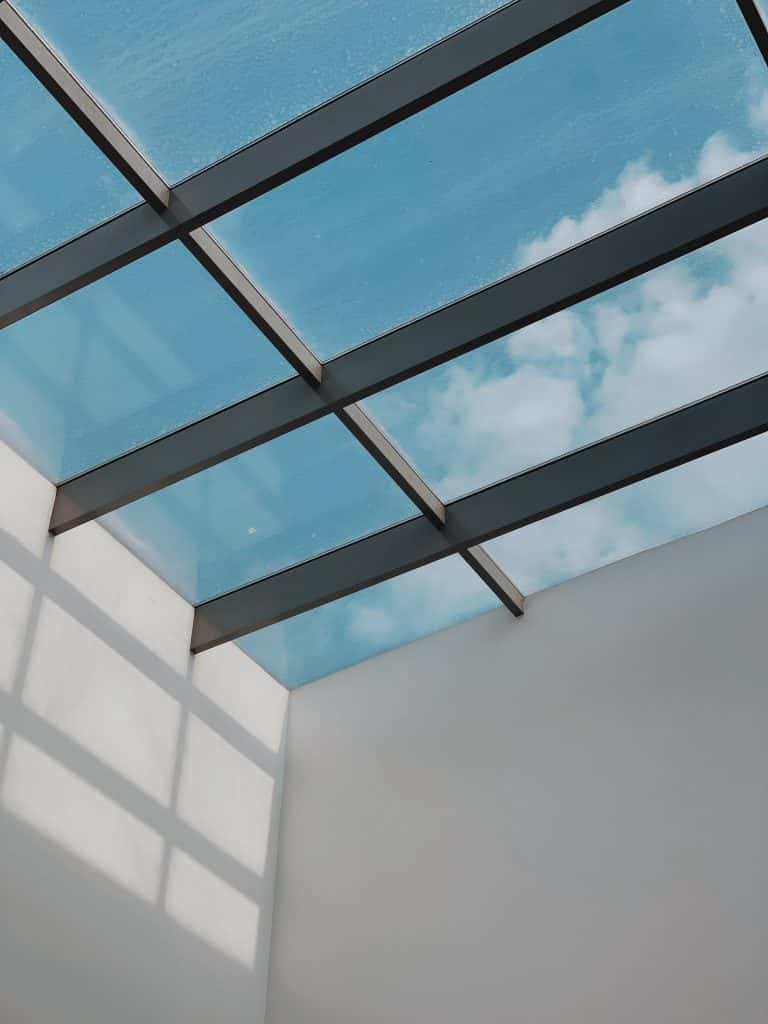
Allow Seamless Continuity of Interior Spaces
Open plan spaces often lack clear delineation of function, and this is where glass partitions offer practical advantages. A glass partition allows designers to neatly demarcate spaces, offering seamless visual continuity without cutting the light. What’s more, glass partitions can be installed in no time at all, as compared to brick or wooden partitions which are opaque and will block all the light—making rooms appear darker and smaller.
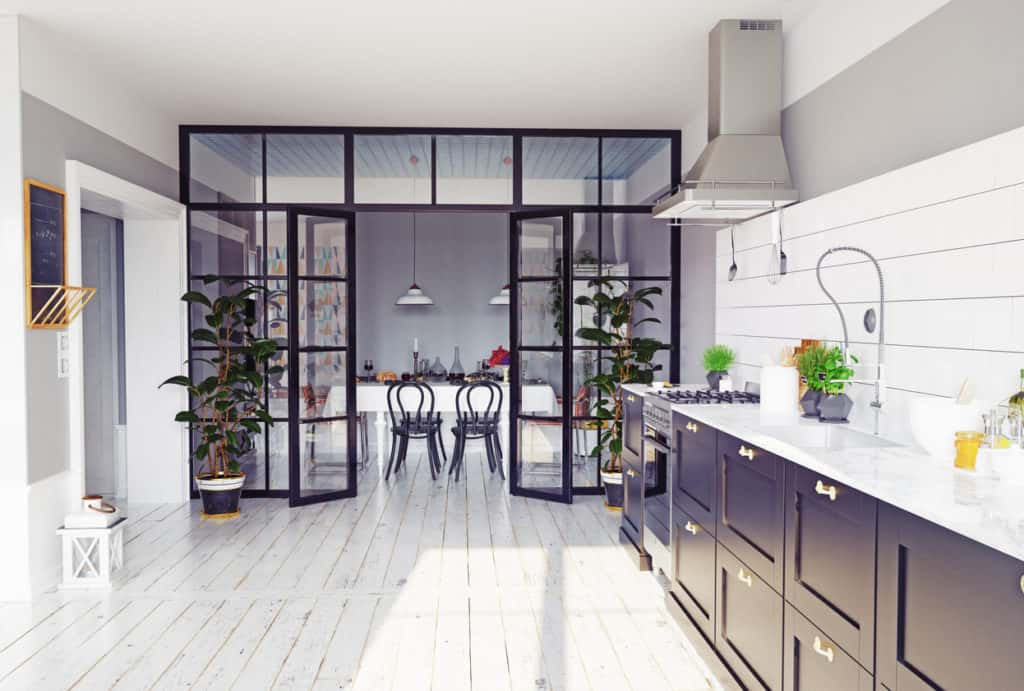
Wrapping Up
We hope this article has given you a good idea about the different types of glass used in interior design, so that you can narrow down your options and make an informed decision on which glass to pick. Do connect with the HomeLane designers for any support you may need—we’re here to help you get the perfect home of your dreams!
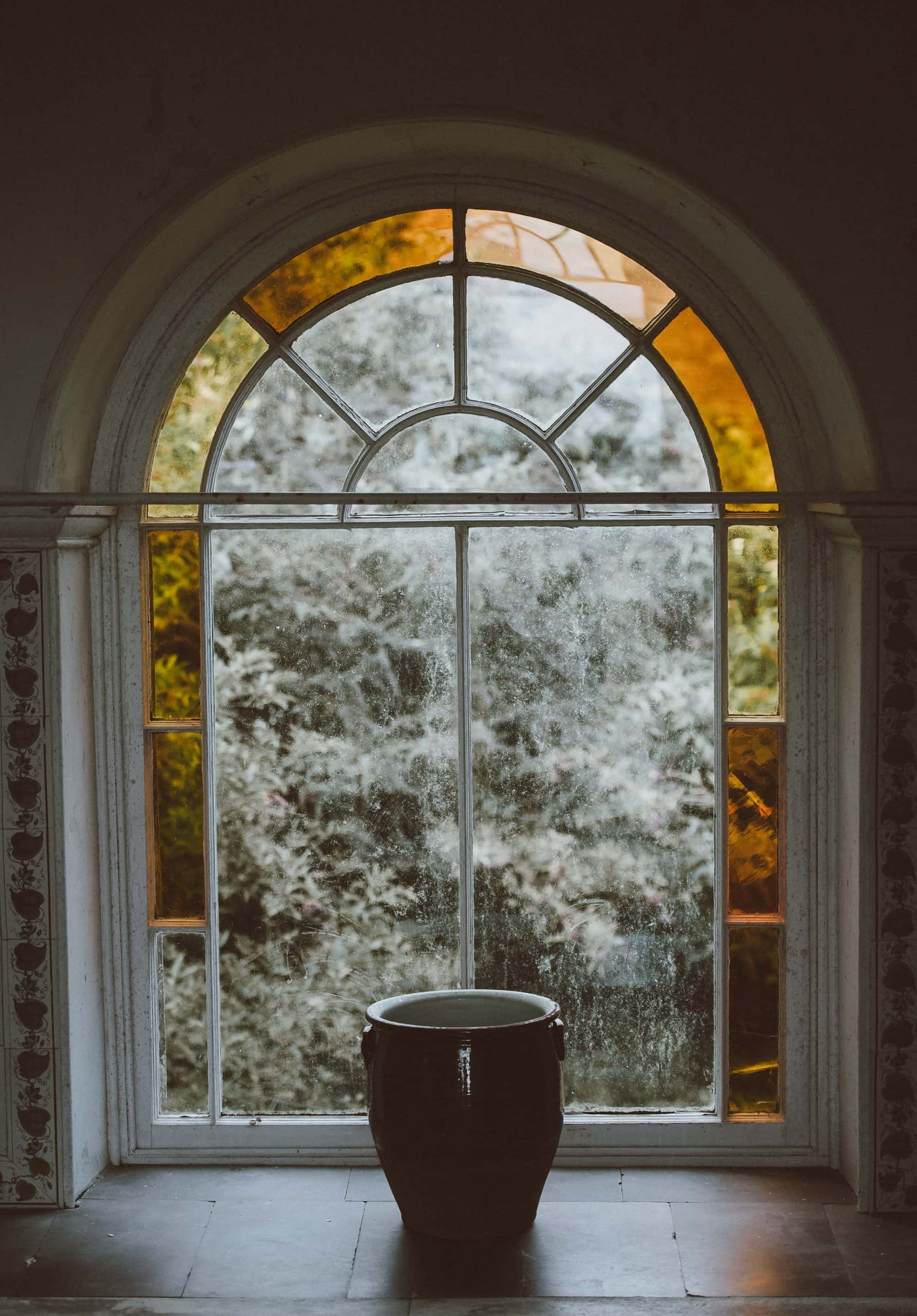
FAQs
1. What are the different types of glass used in interiors?
There are many different types of glass used in interiors.
- Textured and frosted glasses are used in areas where light is needed without compromising on privacy, such as ground floor windows of homes and in bathroom shower partitions.
- Lacquered glass is used in wardrobes, kitchen backsplashes and cabinet shutters.
- Reflective glass is used in mirrors and one-way partitions, where you are able to look outside but people from the outside cannot look within.
- One of the most common types of glass used in interiors, clear glass is used in windows, doors and partitions.
- Coloured glass and stained glass are used in windows and lamp shades and throw intriguing patterns of coloured light on the floor.
- The safest among all the types of glass used in interiors, toughened glass is well suited for frameless doors, glass balustrades and store windows.
- Laminated glass is also a safety glass, which can be used in table tops or for display cases.
- Spaces where acoustic privacy is a key consideration, such as recording studios and home theatre rooms, call for the use of acoustic glass.
2. What are the uses of different types of glass used in interiors?
Besides its use in windows, skylights and panels, glass can be used as flooring, in staircases and partitions. Different types of glass used in interiors lend transparency and continuity of vision to any space.
Glass can be used in furniture such as table tops and chairs, and in the form of shutter doors for cabinets. Back-painted or lacquered glass can be used as a kitchen backsplash, and for wardrobe shutters, glass dividers and so on.
Combined with wood or metal, glass is used to create frames, shelves and ledges, handles, door knobs, artwork, statuettes and other decorative objects.
Light fittings and fixtures use different types of glass for stunning effect—stained glass lampshades, frosted glass light fixtures and crystal glass chandeliers are some examples.
Glass vases, bowls, and different artefacts and accessories can be used to enhance the aesthetics of any space.
3. Why is glass widely used in interiors?
All types of glass used in interior design provide a sense of visual continuum, both in the horizontal and vertical planes. Glass creates spatial flow, carrying the eye from the indoors to the outdoors, and across rooms and floors.
Designers who are looking to enhance the aesthetic quality of their interiors use the unique properties of glass, such as reflection, translucency, and transparency, to their advantage. Glass can be used to frame beautiful views, bringing the outdoors into your home. It reflects and bounces around light and brightens up spaces that are otherwise dark and dreary.
The use of glass cabinets open up compact kitchens, making them appear light and bright, and visually larger than they would otherwise seem.
Glass allows the benefits of natural light and the warmth of the outdoors into a home. Glass openings flood the interior of buildings with sunlight, magically transforming spaces and volumes and enhancing their aesthetic appeal.
4. Which types of glass used in interiors are best for your home?
Security glasses such as laminated glass and toughened glass are the best options for your home. These types of glass used in interiors are strong and very resilient, and do not shatter into jagged edges. Rather, security glasses will break into small pebbles of glass which will not cut or injure you.

